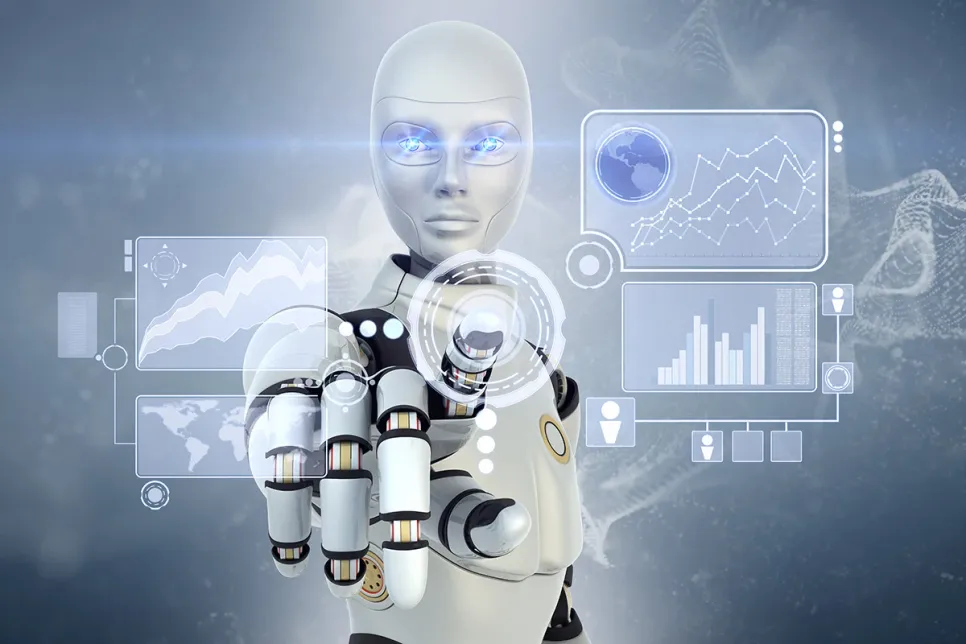Digital Goods Fraud to Cost Merchants $27 Billion by 2030
A new study by Juniper Research has revealed that the transaction value of fraudulent digital goods is outpacing physical goods fraud, rising 162% from a base of $10.4 billion in 2025.

2020 will be a pivotal year in AI-related employment dynamics, according to Gartner, as artificial intelligence (AI) will become a positive job motivator.
The number of jobs affected by AI will vary by industry; through 2019, healthcare, the public sector and education will see continuously growing job demand while manufacturing will be hit the hardest. Starting in 2020, AI-related job creation will cross into positive territory, reaching two million net-new jobs in 2025.
"Many significant innovations in the past have been associated with a transition period of temporary job loss, followed by recovery, then business transformation and AI will likely follow this route," said Svetlana Sicular, research vice president at Gartner. AI will improve the productivity of many jobs, eliminating millions of middle- and low-level positions, but also creating millions more new positions of highly skilled, management and even the entry-level and low-skilled variety.
IT leaders should not only focus on the projected net increase of jobs. With each investment in AI-enabled technologies, they must take into consideration what jobs will be lost, what jobs will be created, and how it will transform how workers collaborate with others, make decisions and get work done.
" Unfortunately, most calamitous warnings of job losses confuse AI with automation, that overshadows the greatest AI benefit, AI augmentation, a combination of human and artificial intelligence, where both complement each other. Now is the time to really impact your long-term AI direction," said Sicular. "For the greatest value, focus on augmenting people with AI. Enrich people's jobs, reimagine old tasks and create new industries. Transform your culture to make it rapidly adaptable to AI-related opportunities or threats.
Gartner identified additional predictions related to AI’s impact on the workplace. AI has already been applied to highly repeatable tasks where large quantities of observations and decisions can be analyzed for patterns. However, applying AI to less-routine work that is more varied due to lower repeatability will soon start yielding superior benefits. AI applied to nonroutine work is more likely to assist humans than replace them as combinations of humans and machines will perform more effectively than either human experts or AI-driven machines working alone will.
By 2022, one in five workers engaged in mostly nonroutine tasks will rely on AI to do a job, says Gartner. They add that through 2022, multichannel retailer efforts to replace sales associates through AI will prove unsuccessful, although cashier and operational jobs will be disrupted. Gartner also predicts that in 2021, AI augmentation will generate $2.9 trillion in business value and recover 6.2 billion hours of worker productivity.
"AI can take on repetitive and mundane tasks, freeing up humans for other activities, but the symbiosis of humans with AI will be more nuanced and will require reinvestment and reinvention instead of simply automating existing practices," said Mike Rollings, research vice president at Gartner. "Rather than have a machine replicating the steps that a human performs to reach a particular judgment, the entire decision process can be refactored to use the relative strengths and weaknesses of both machine and human to maximize value generation and redistribute decision making to increase agility.